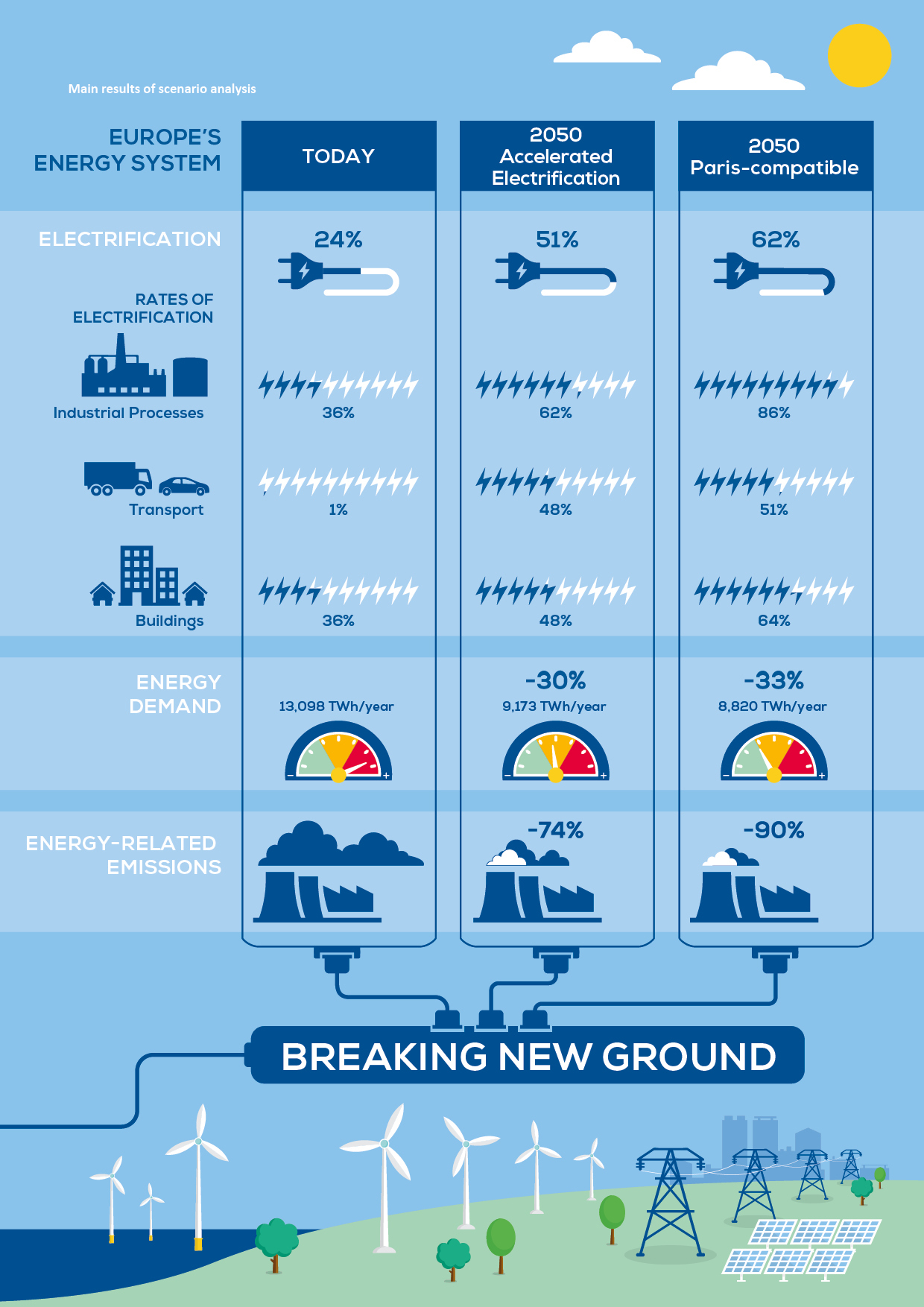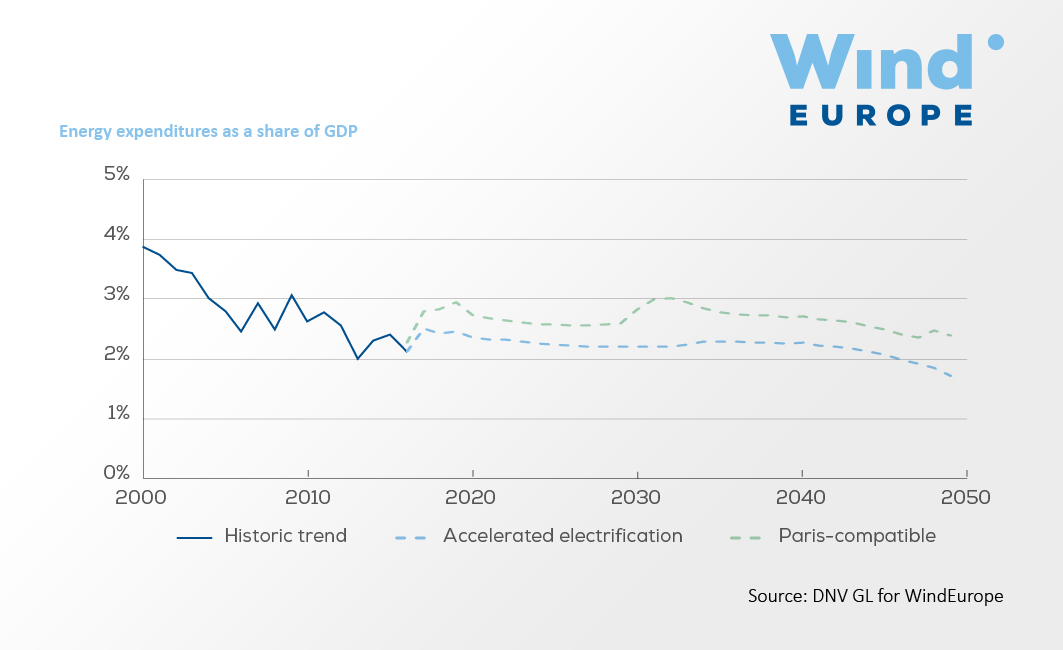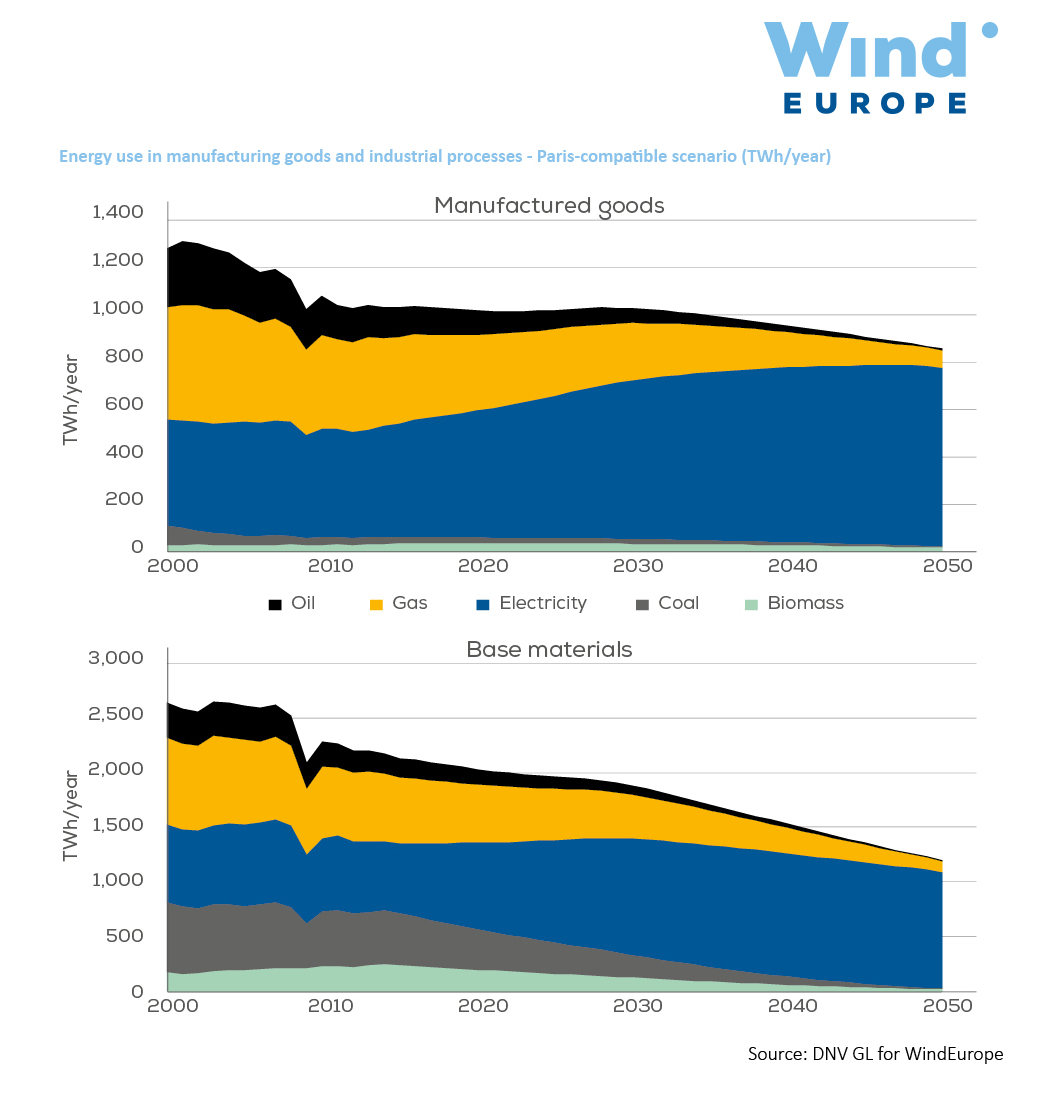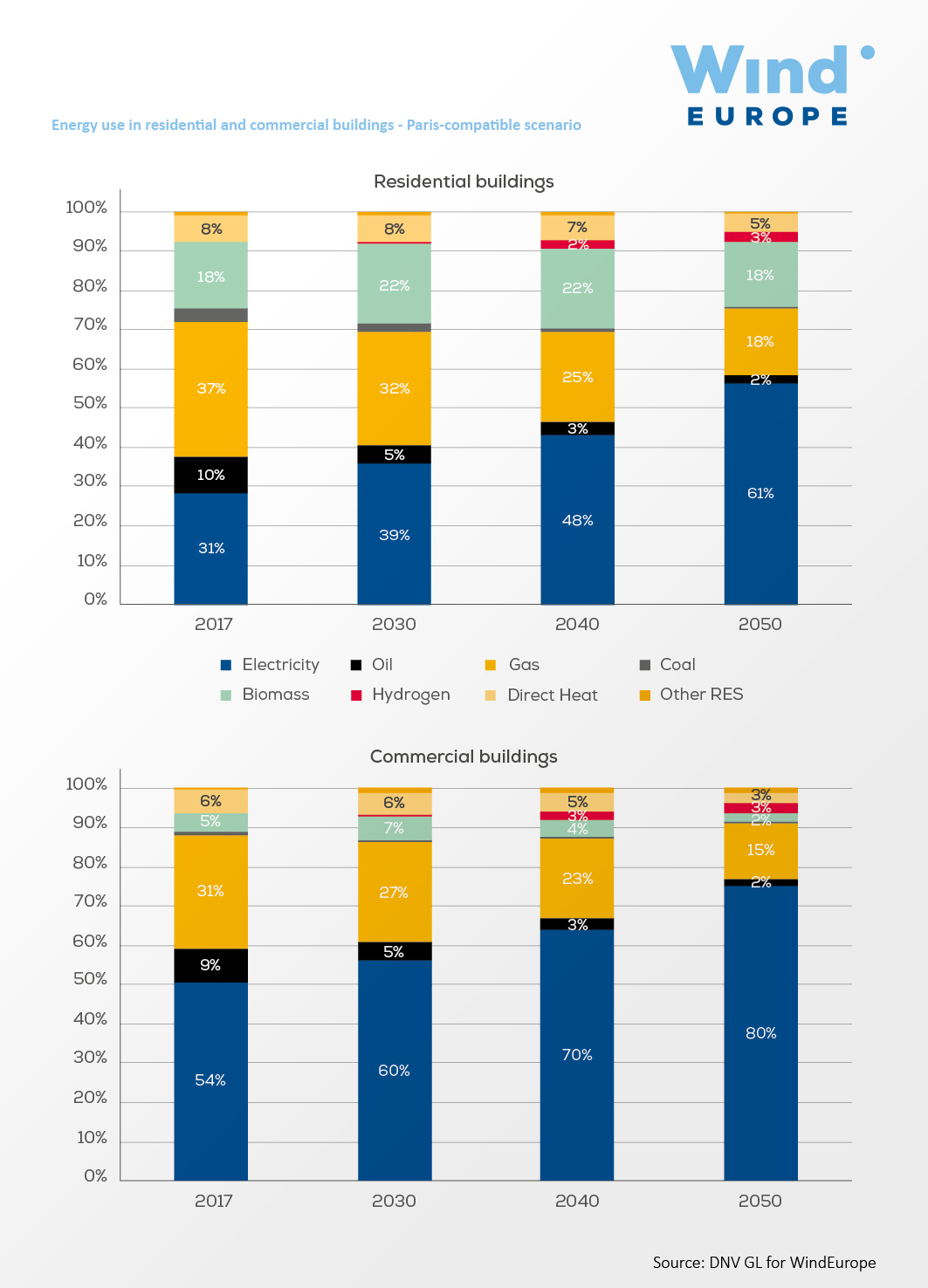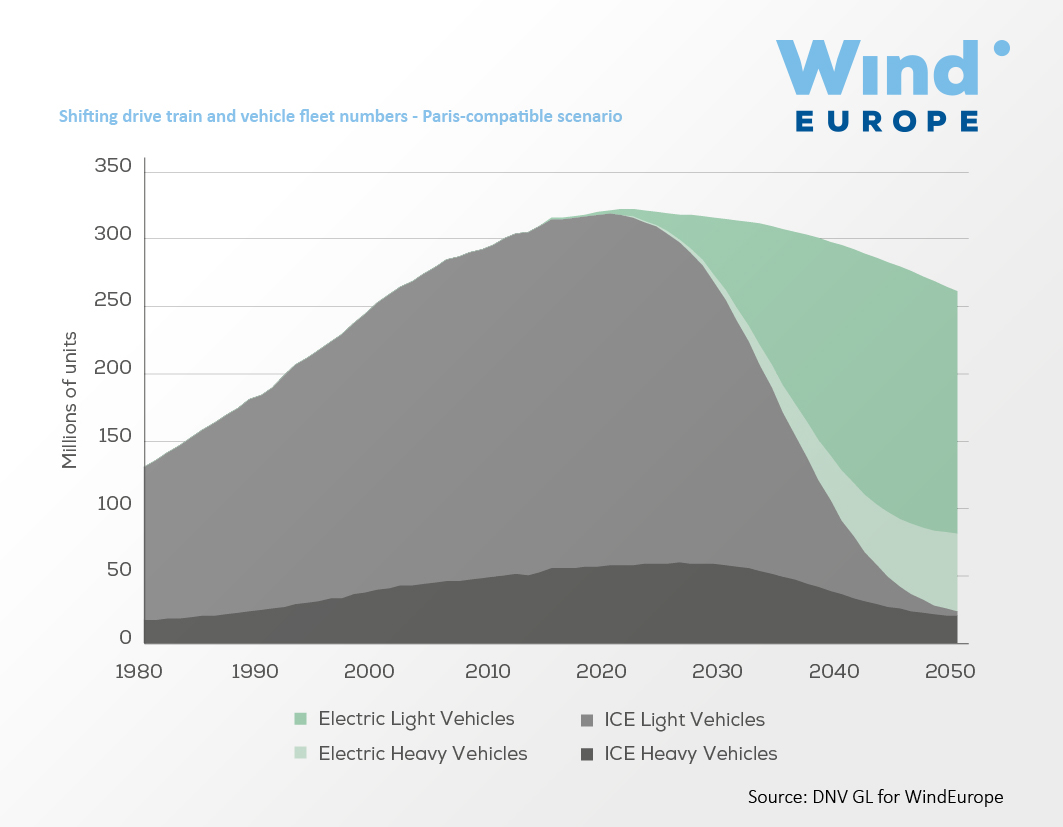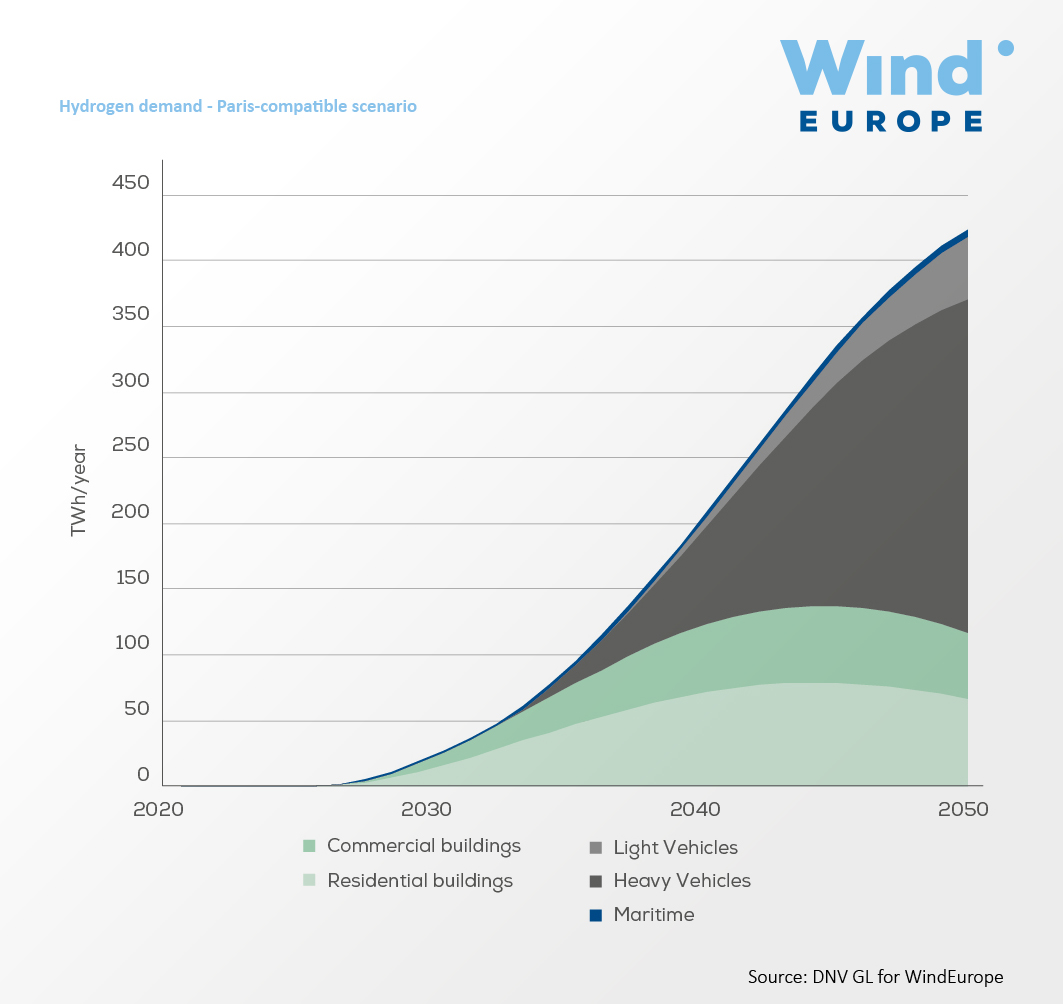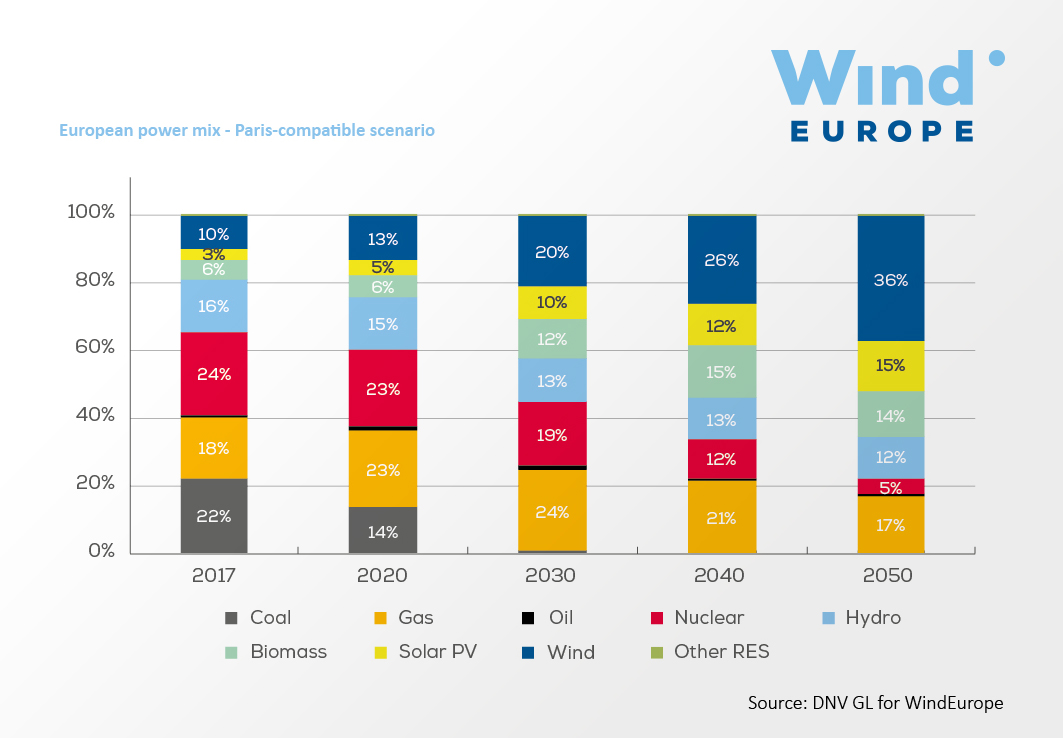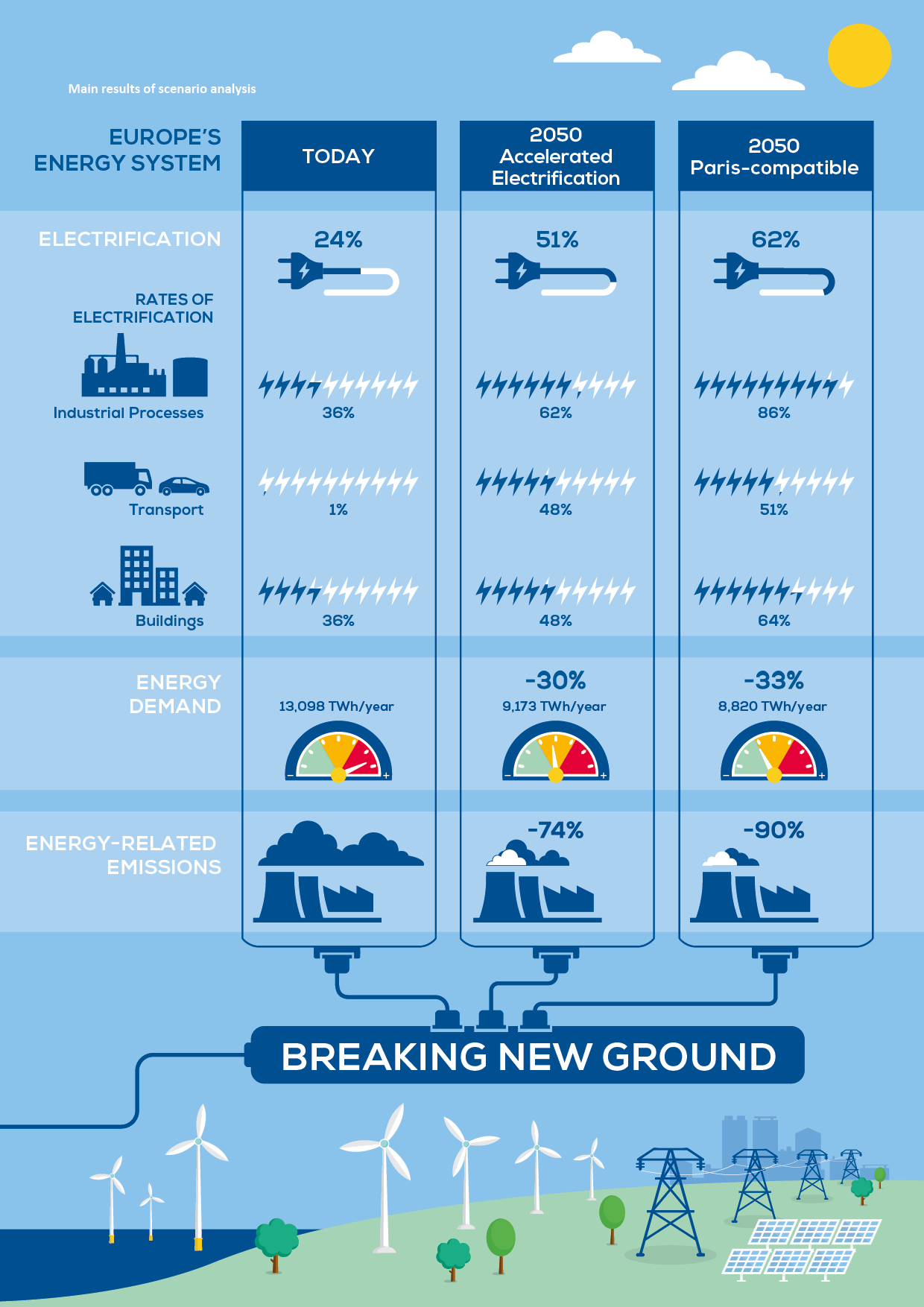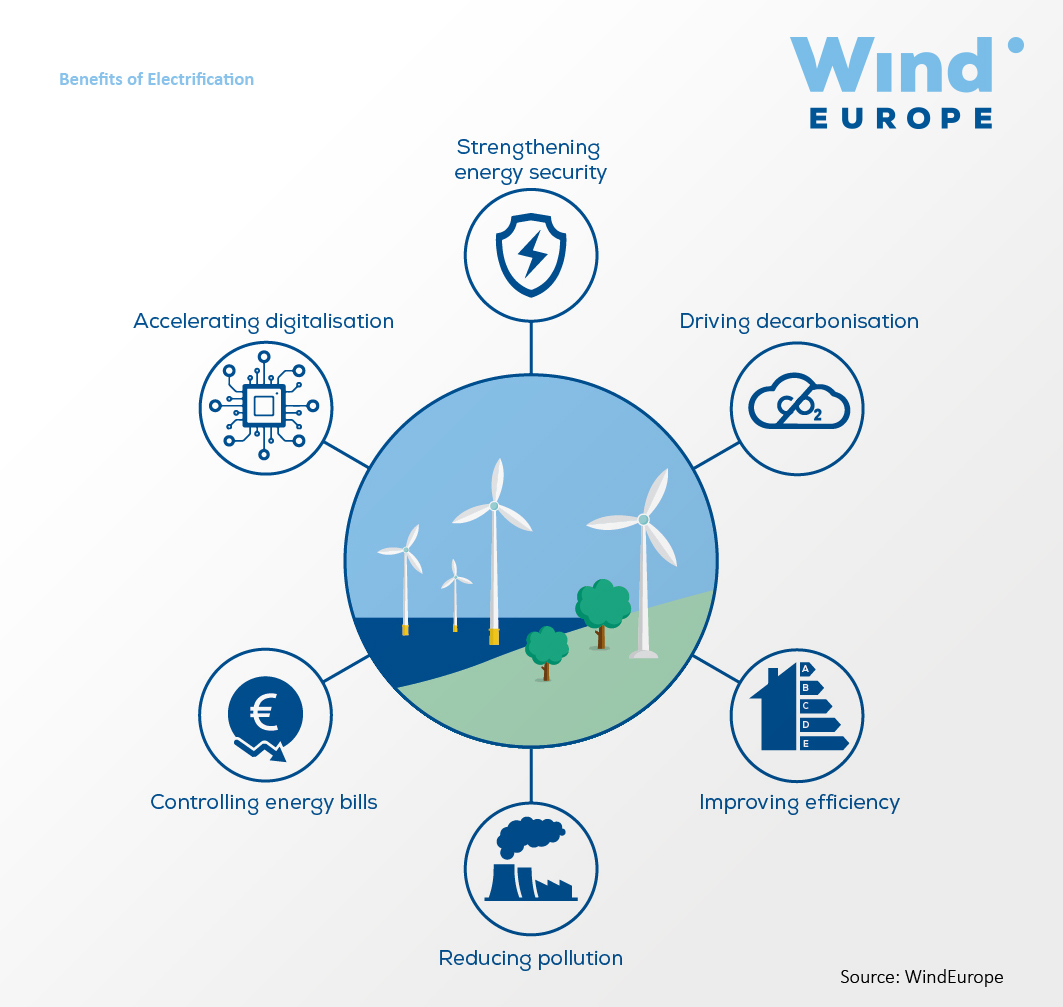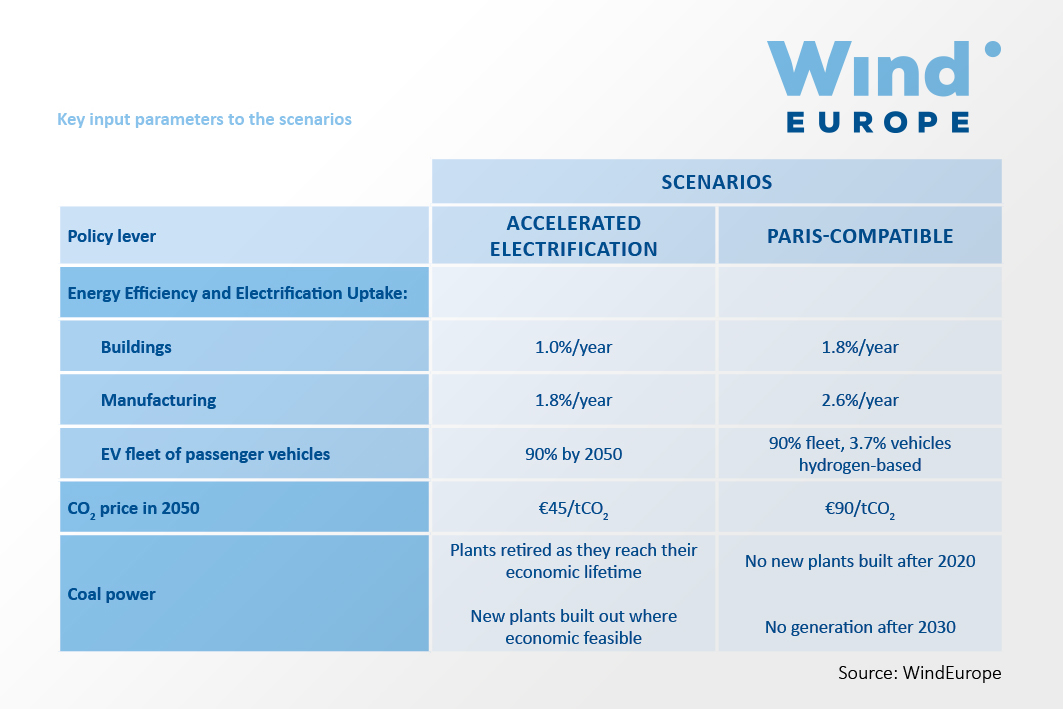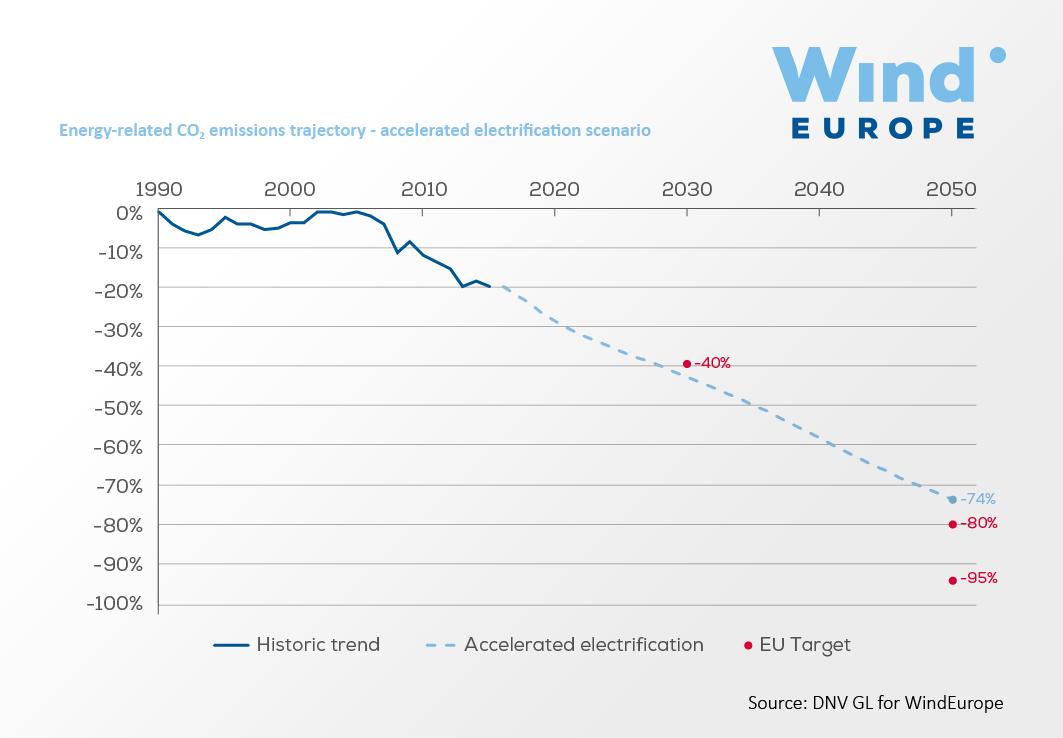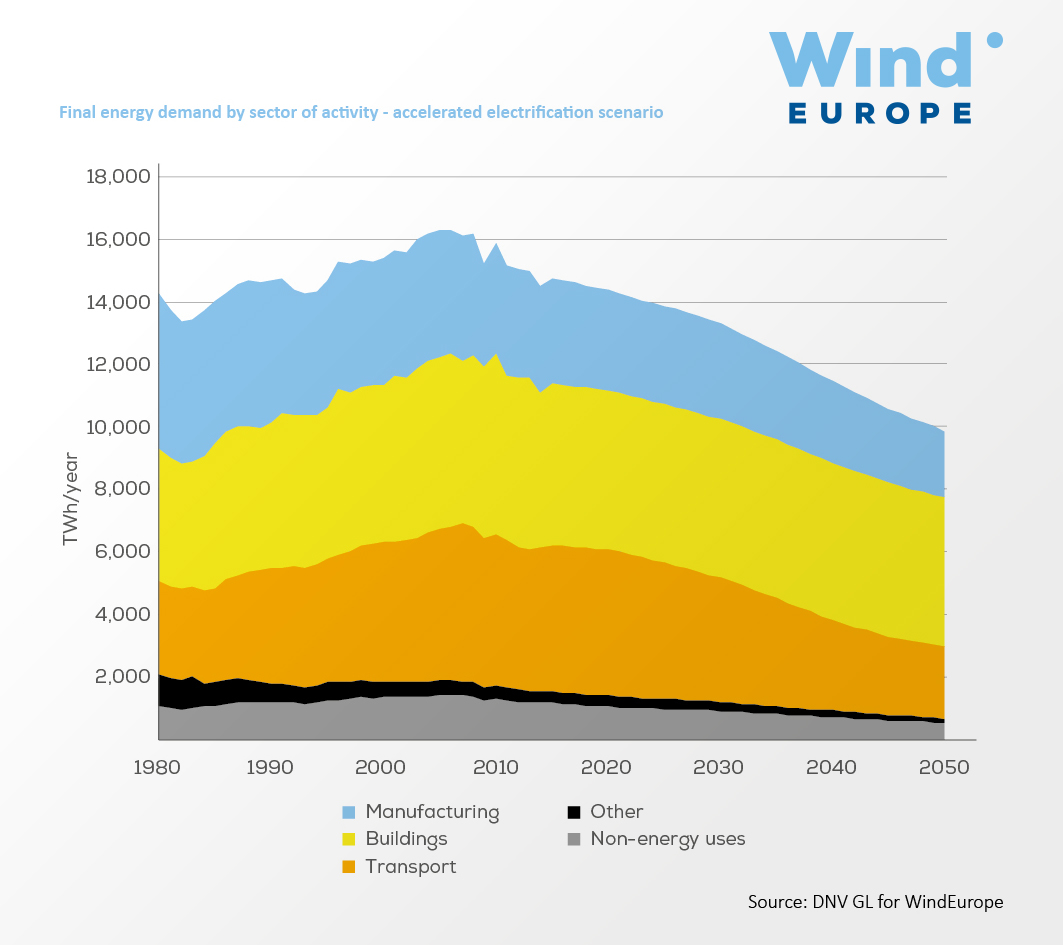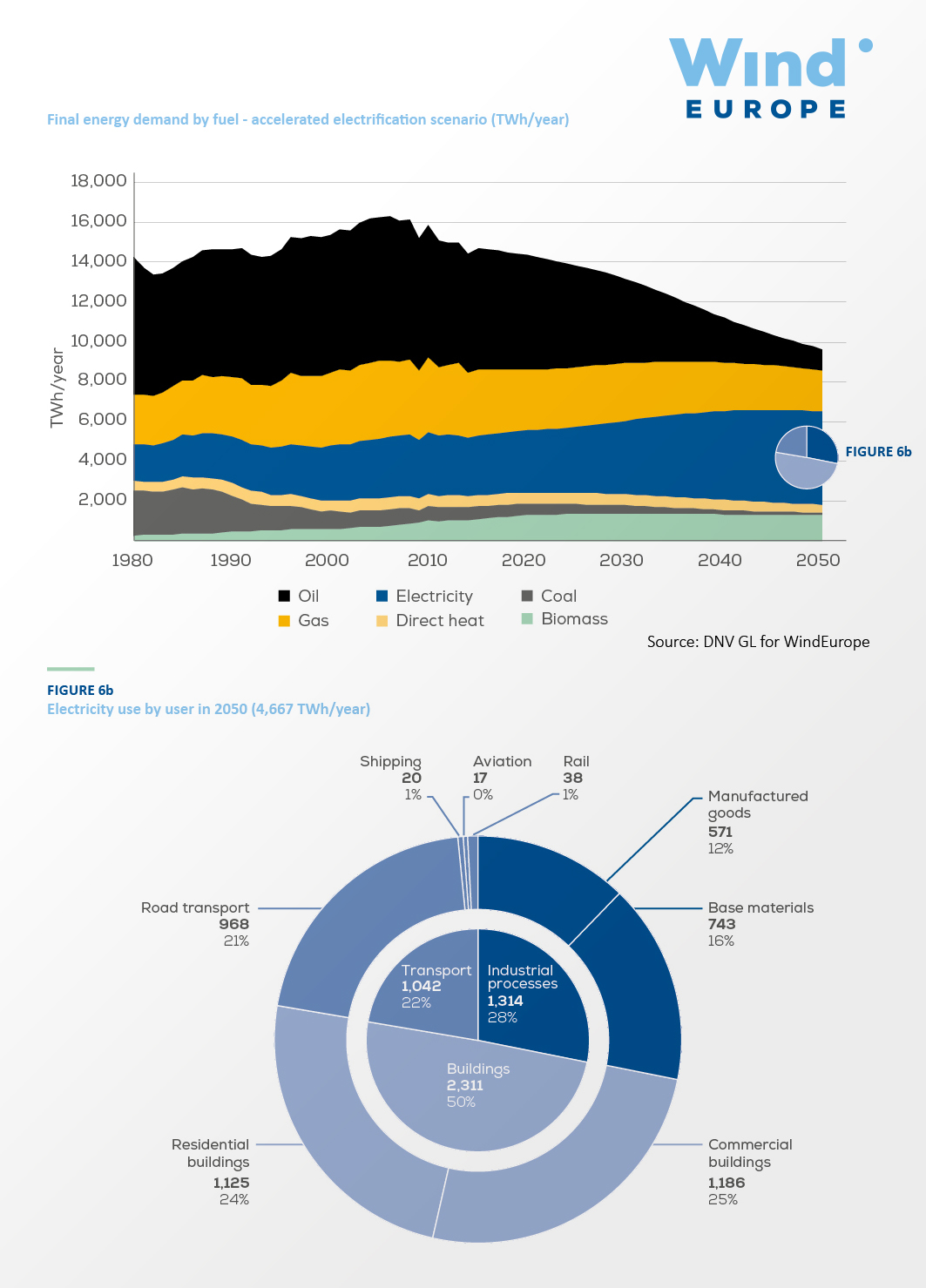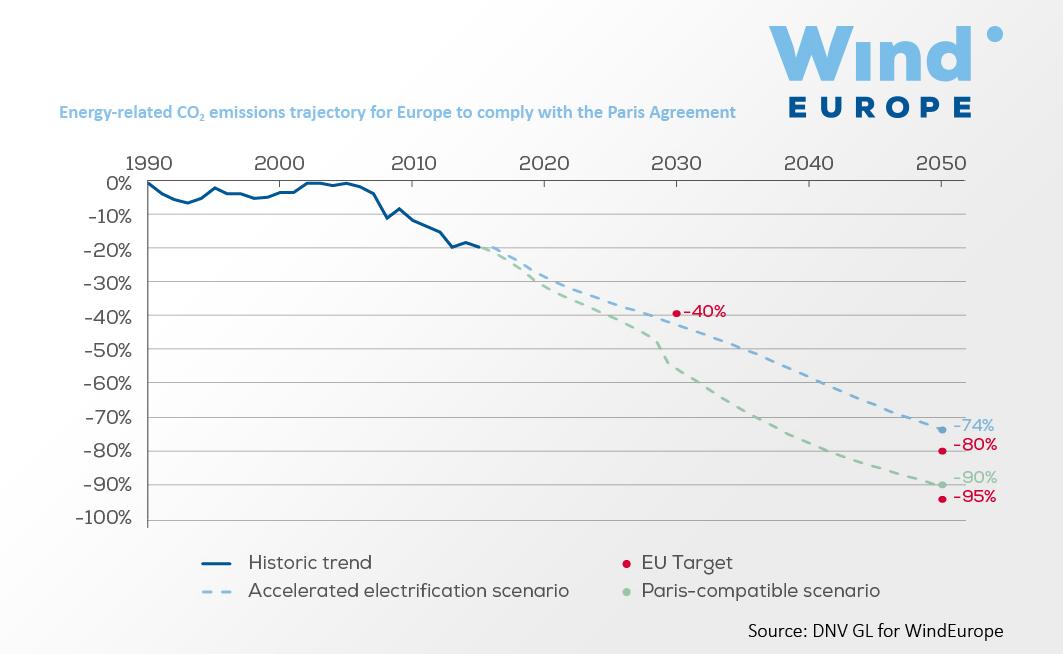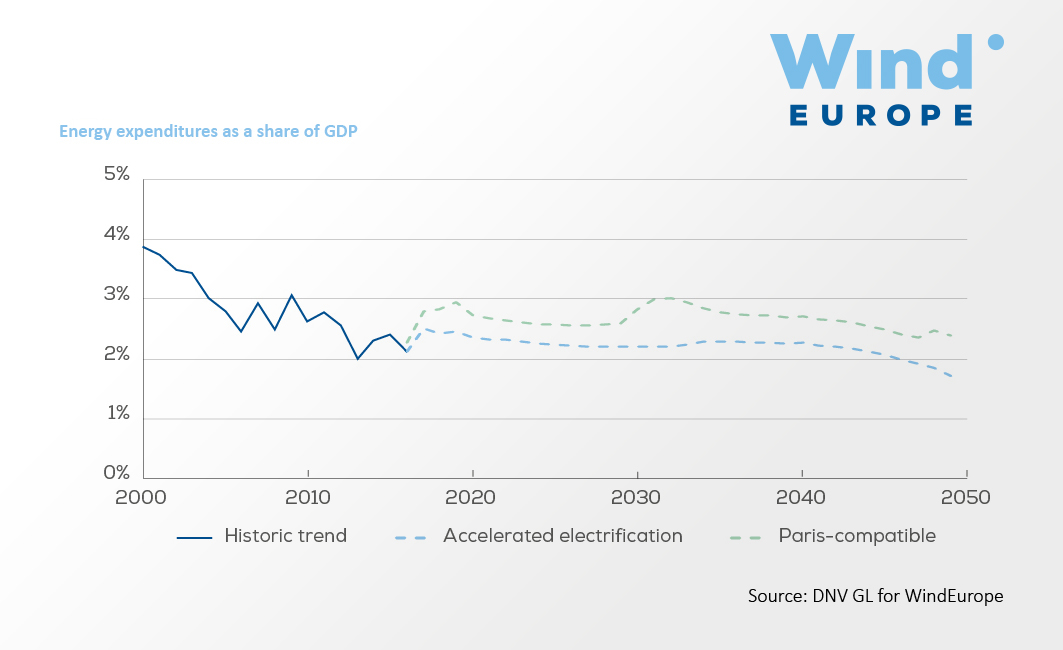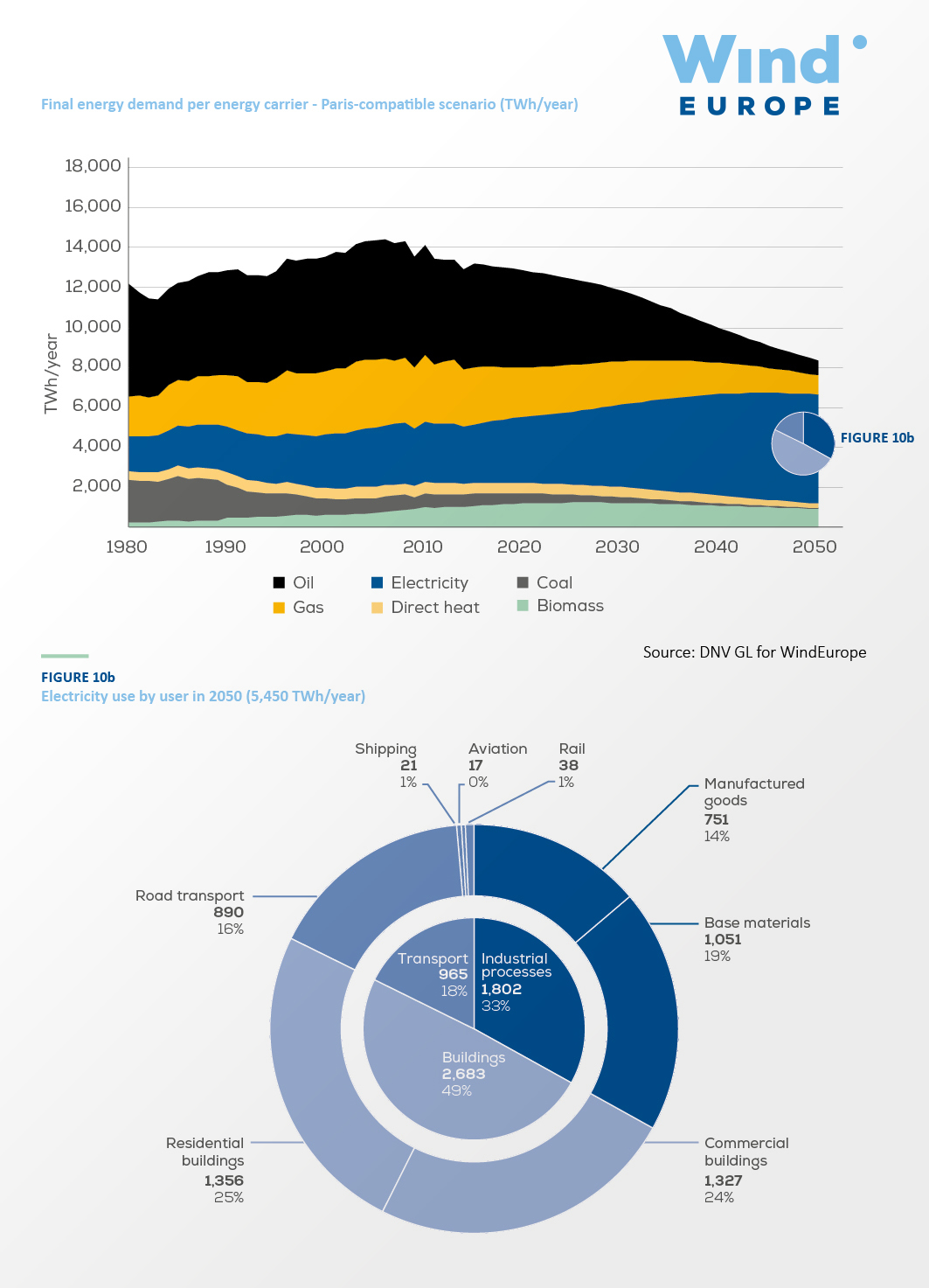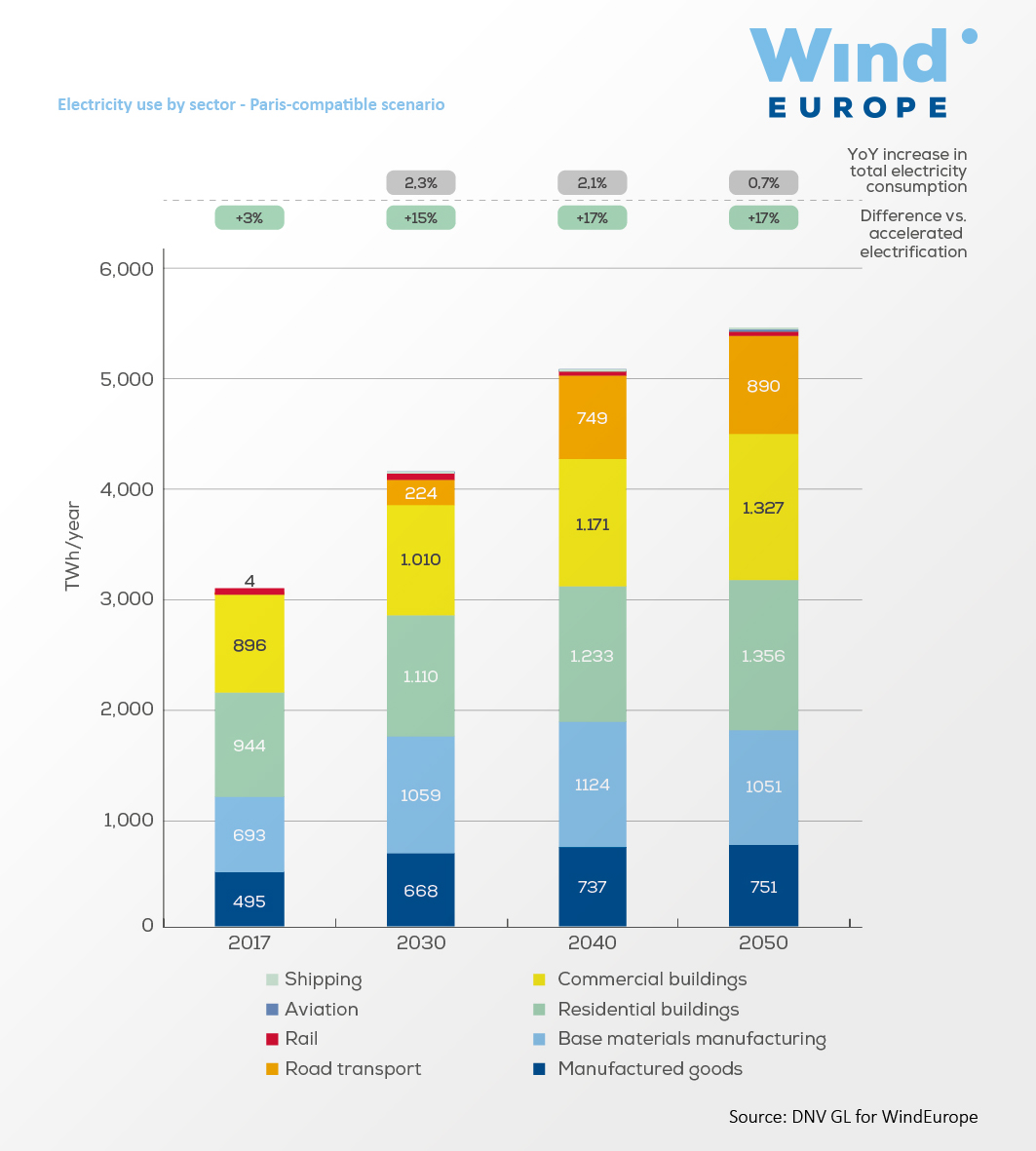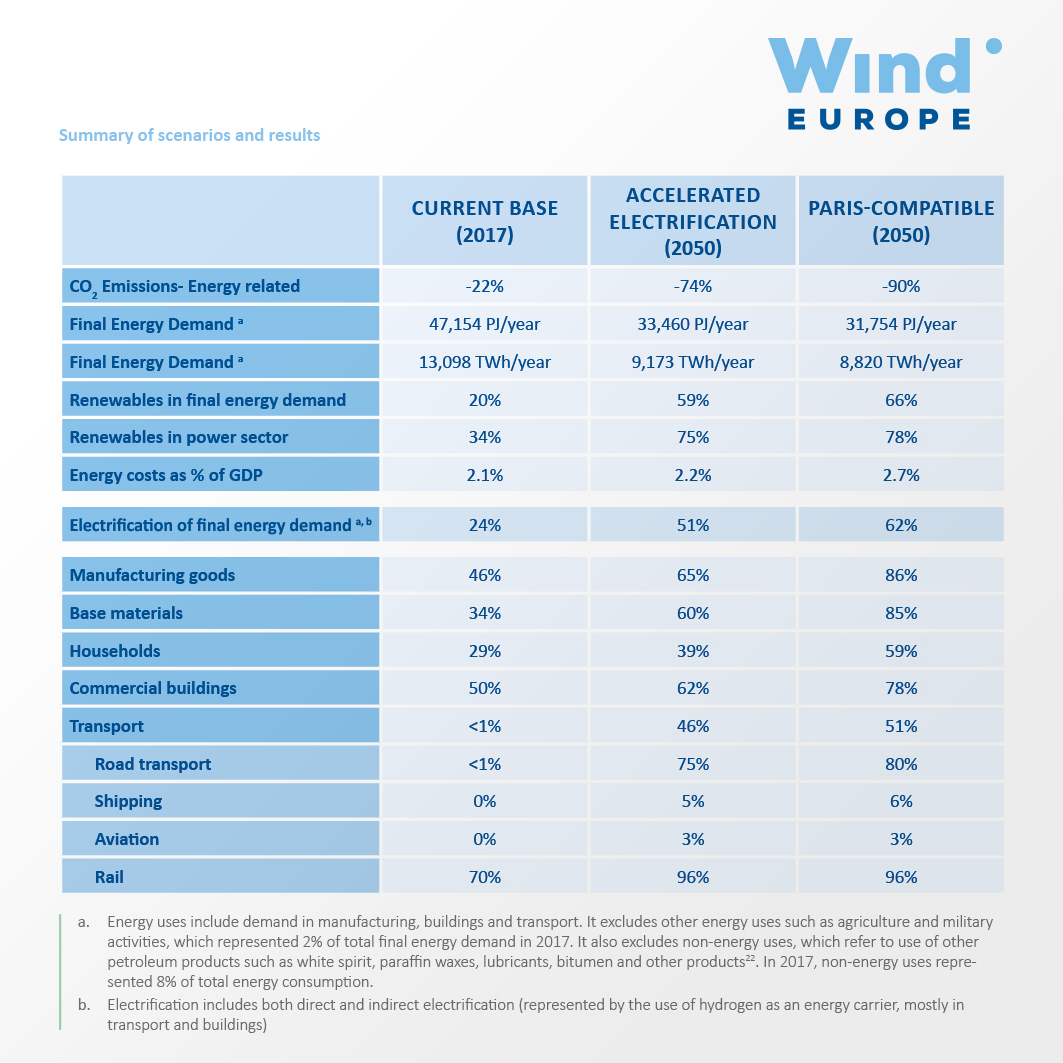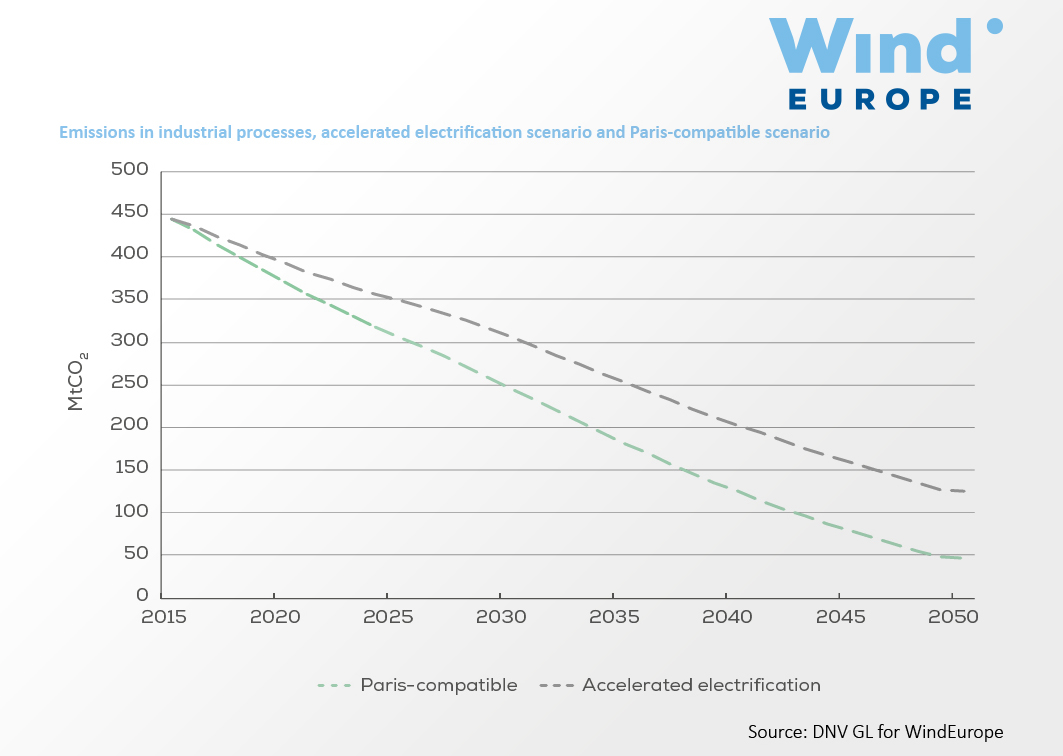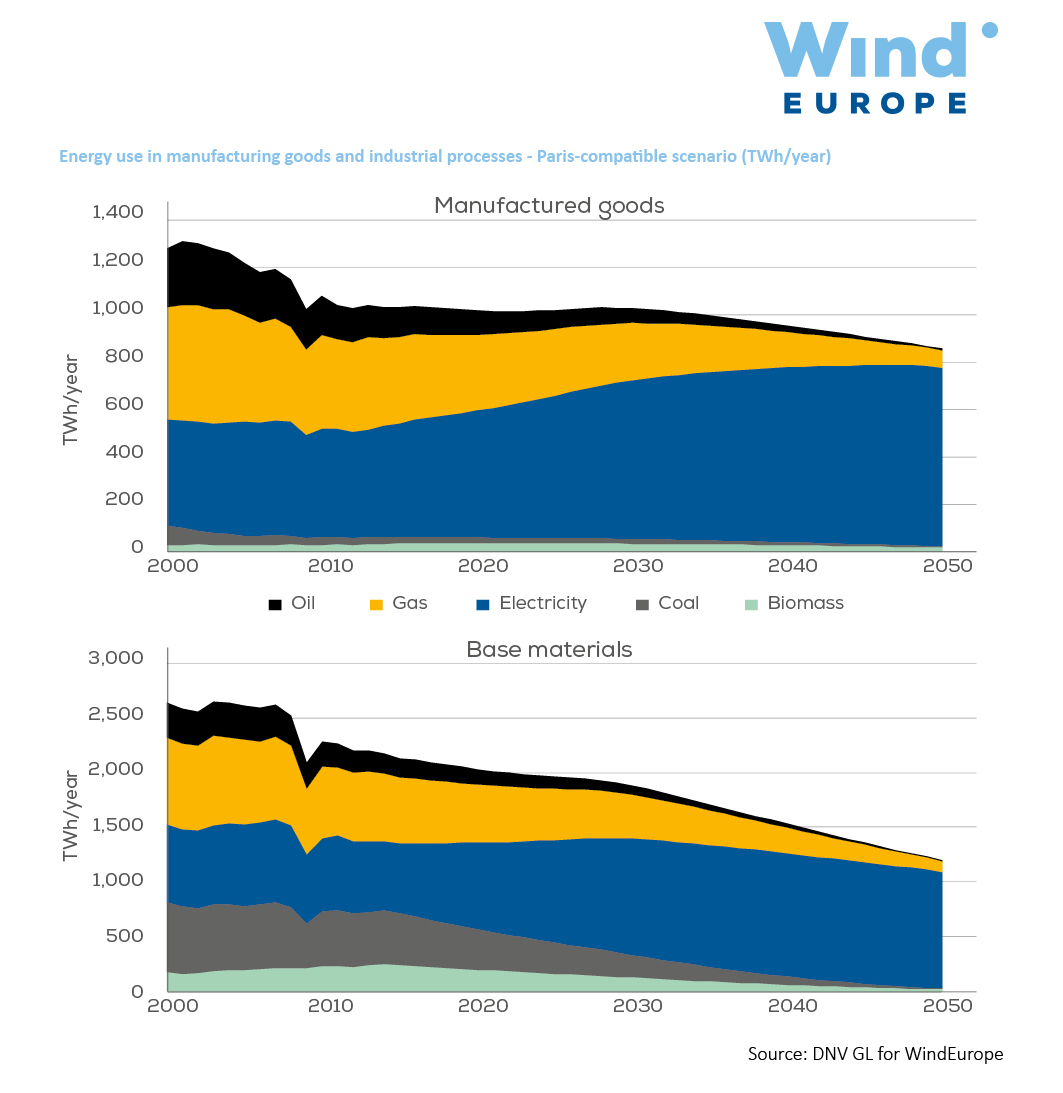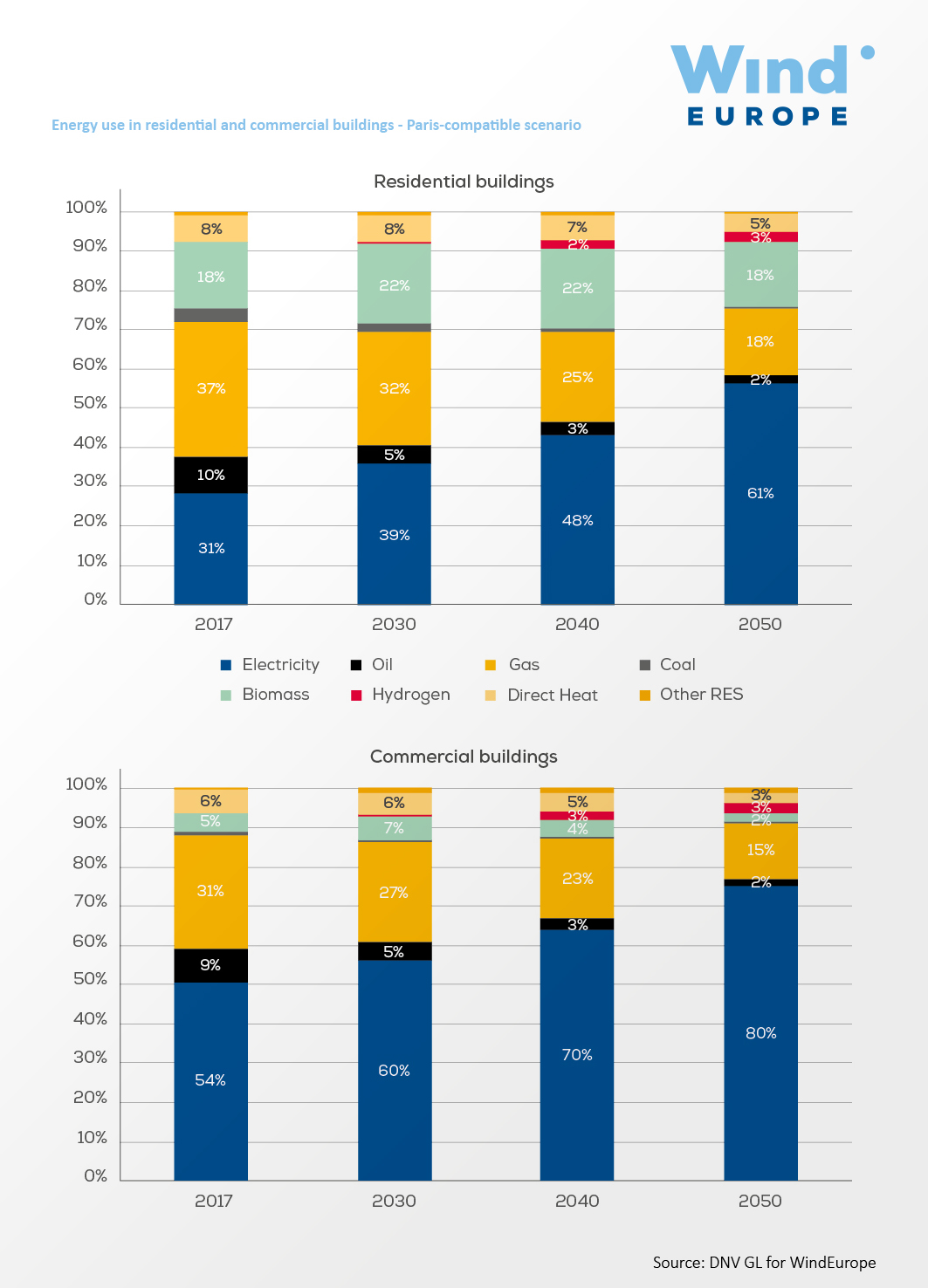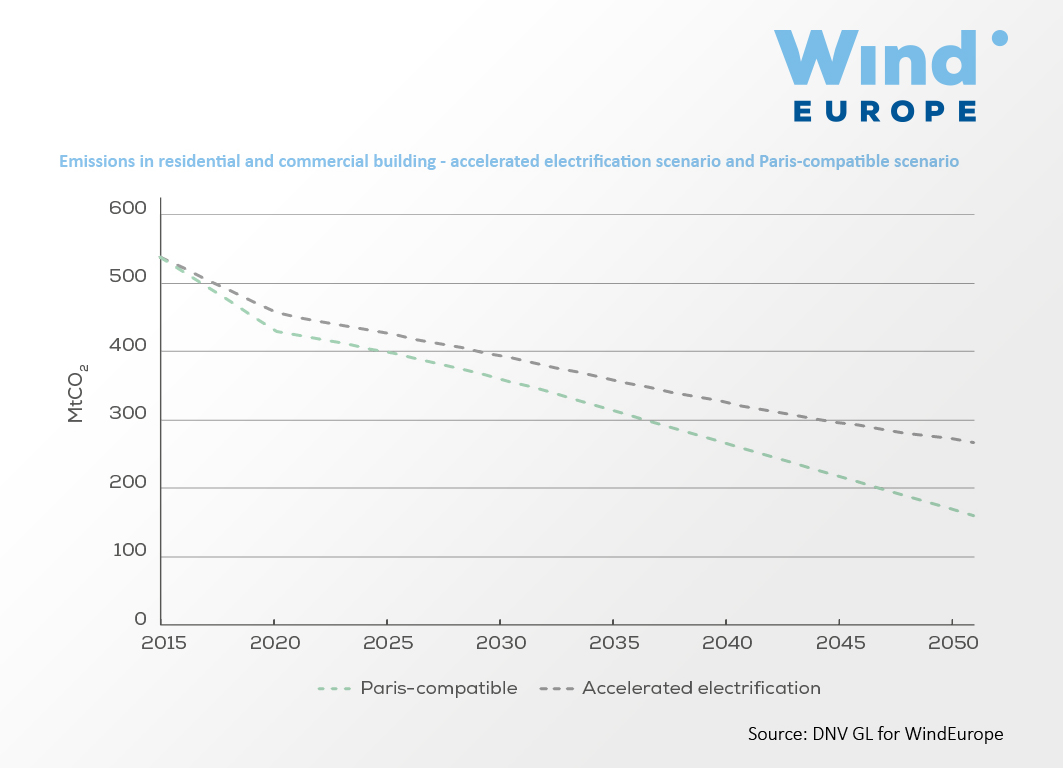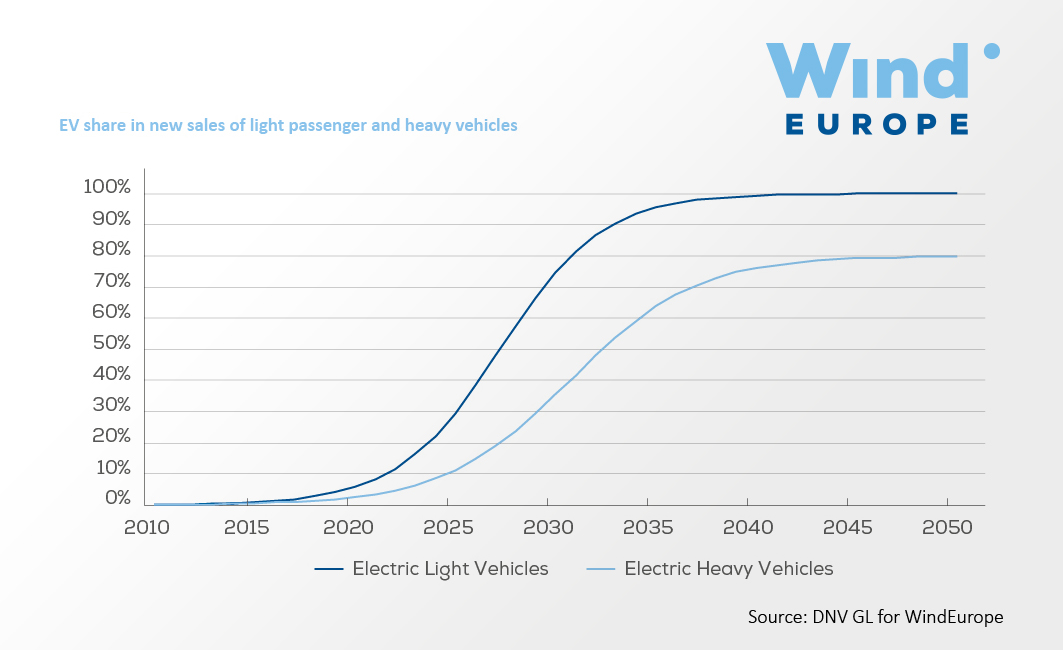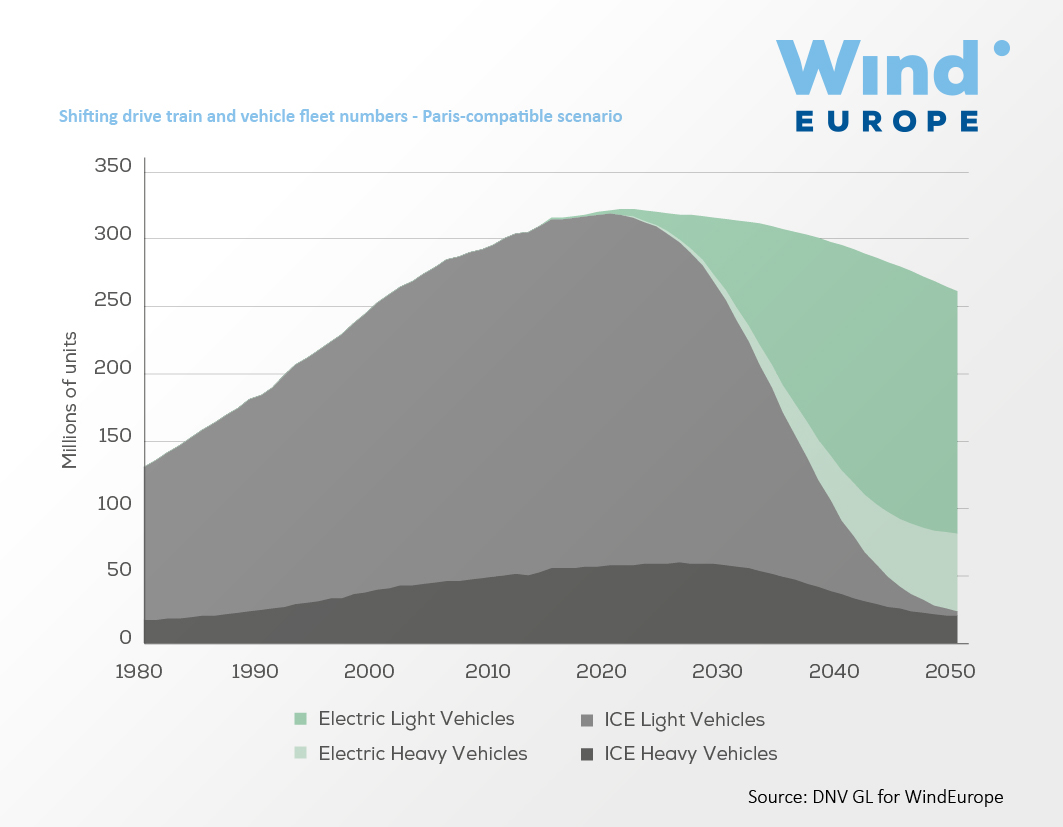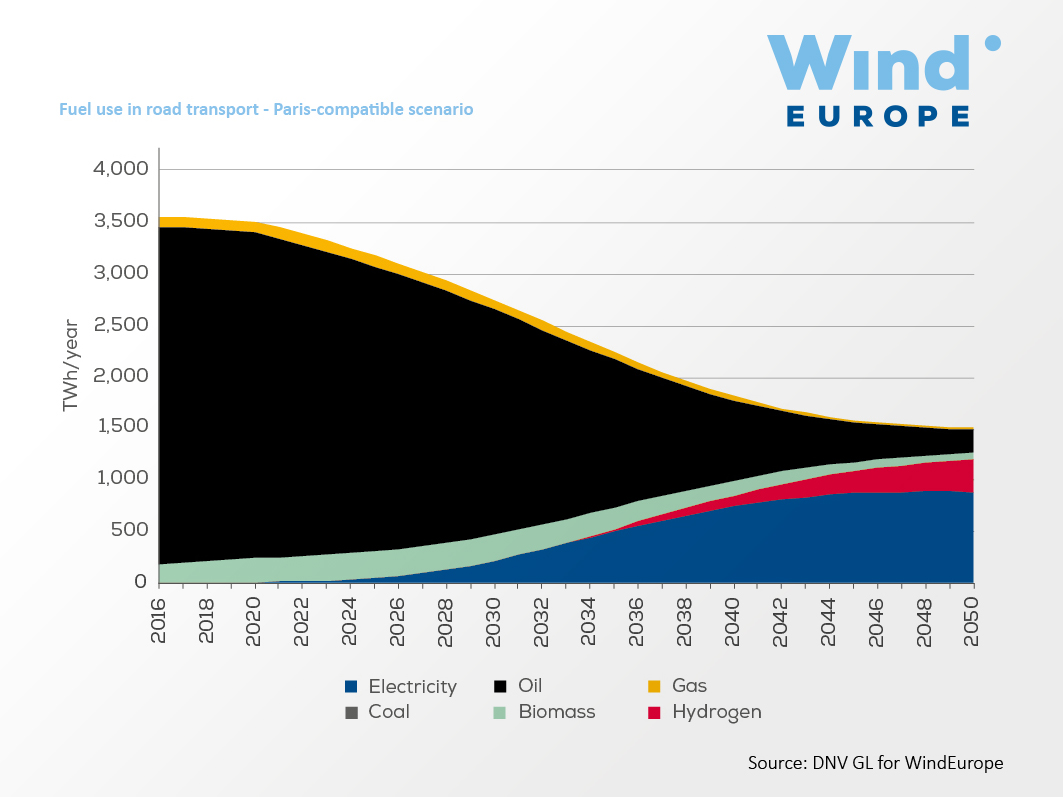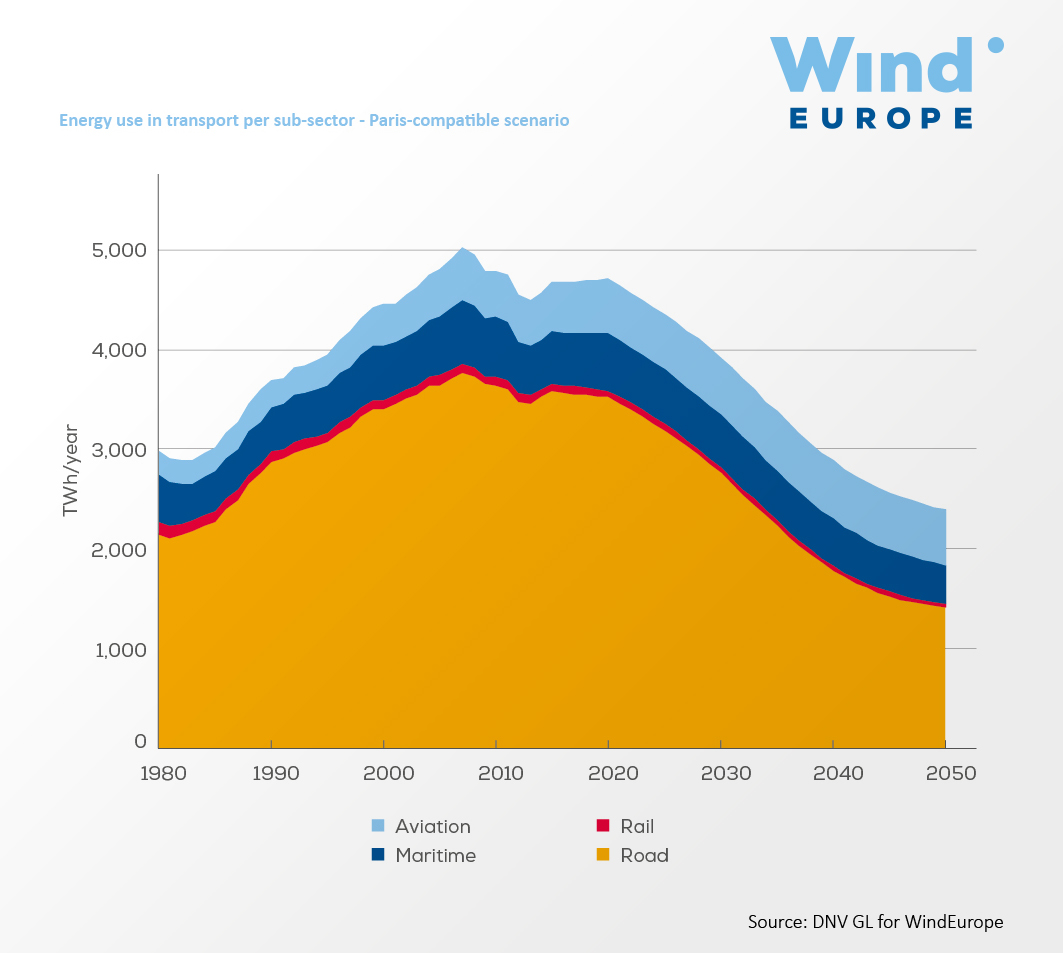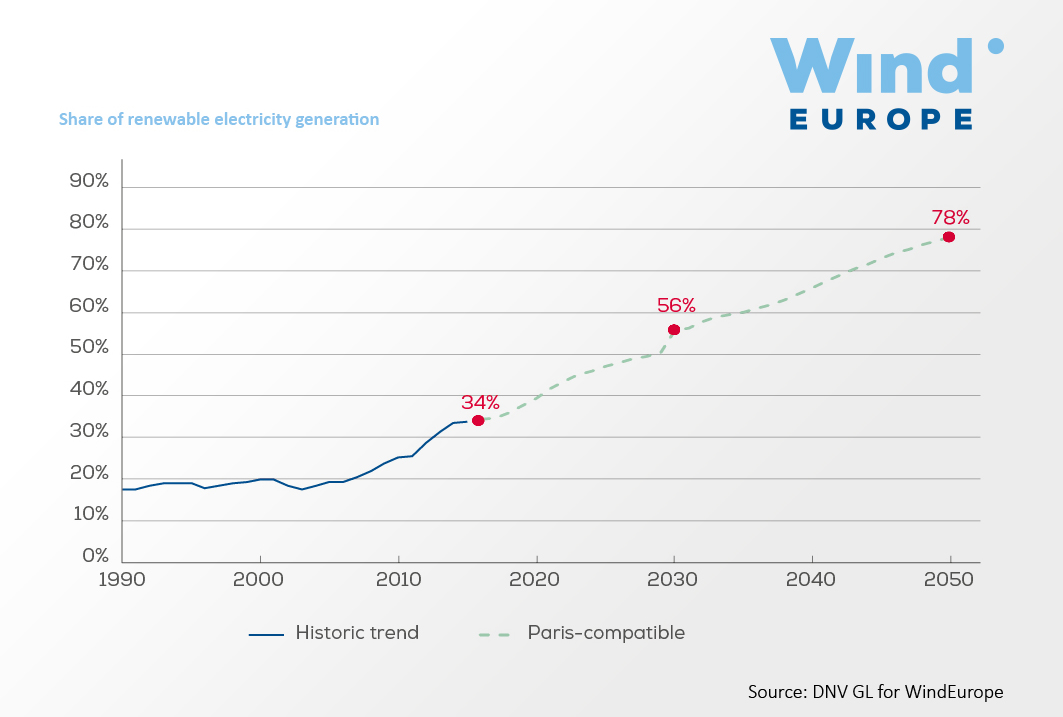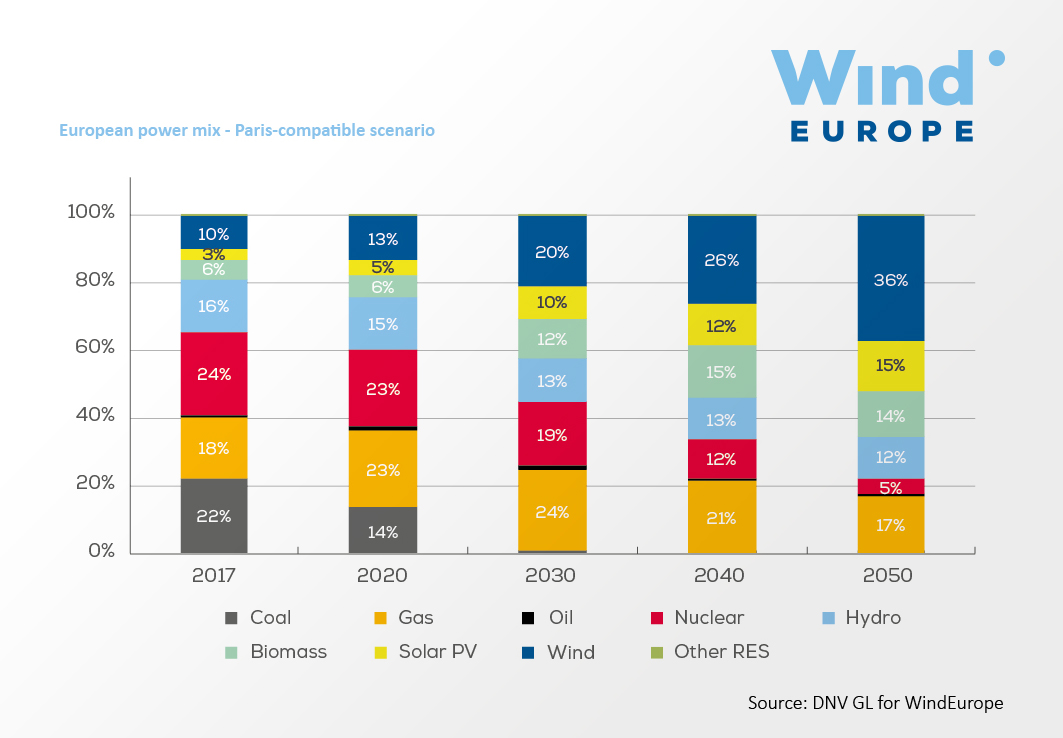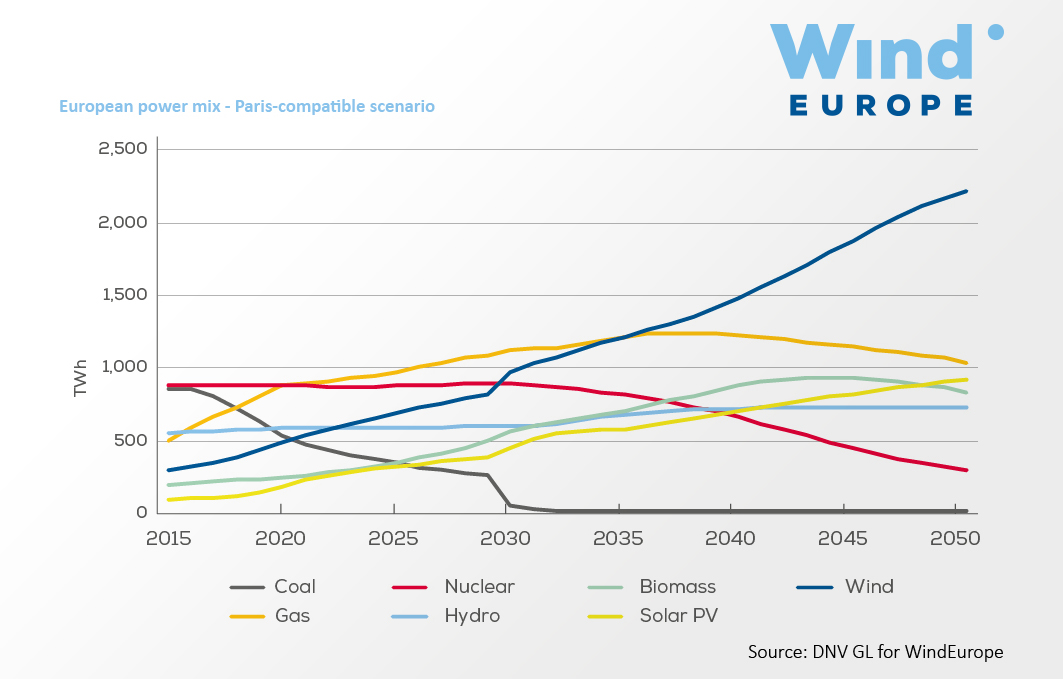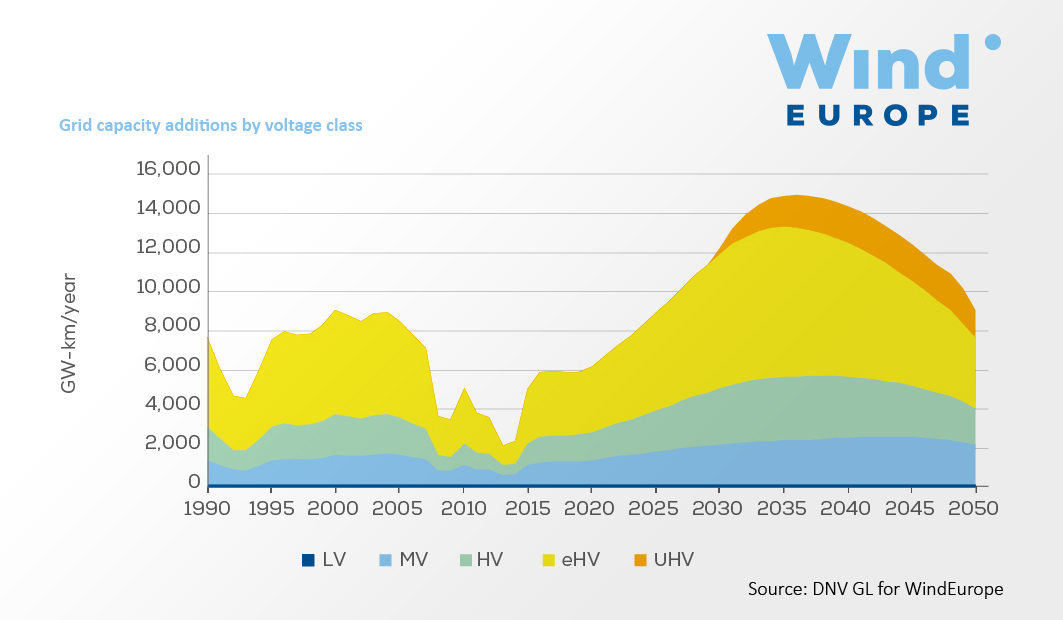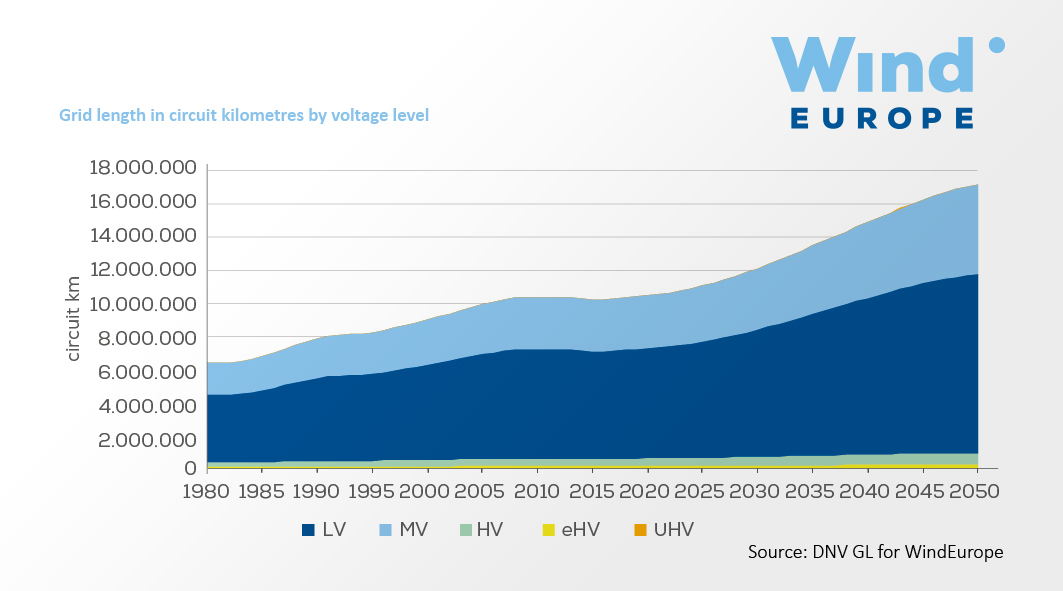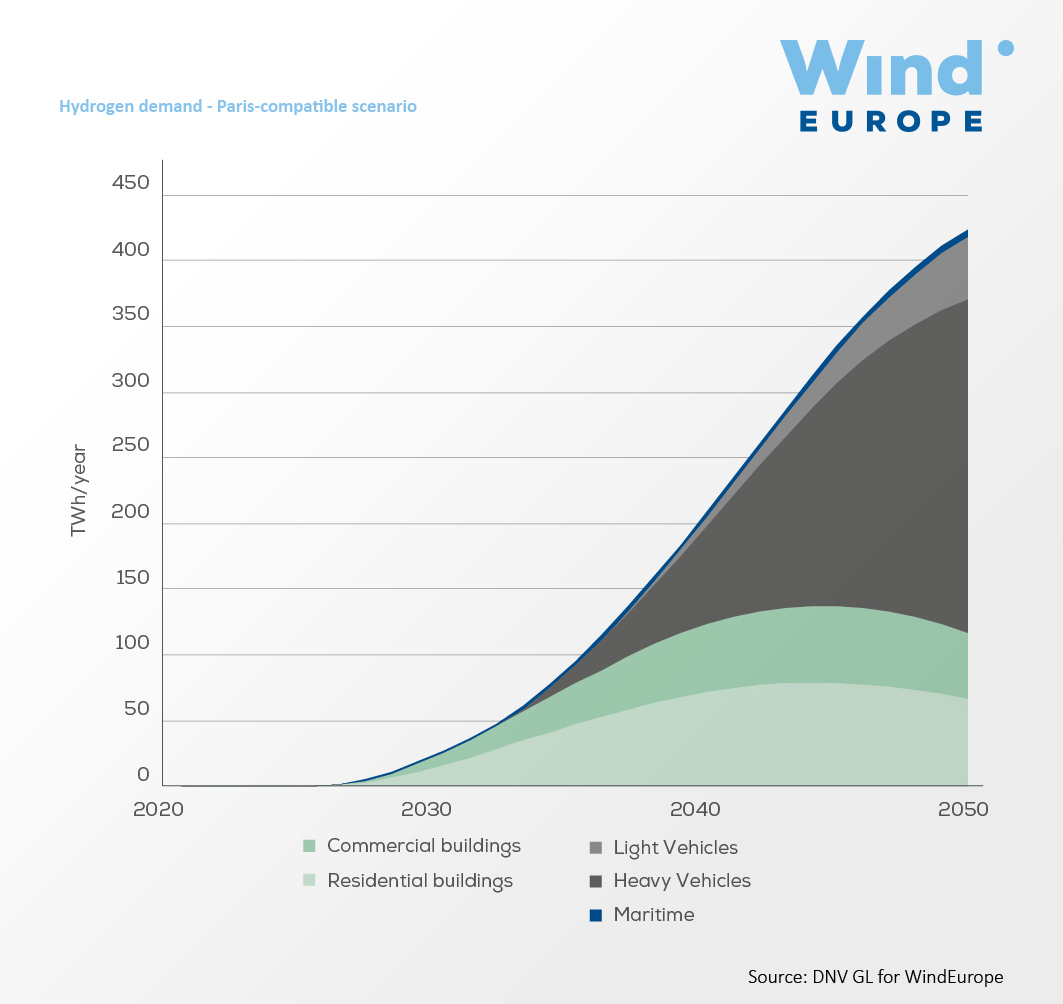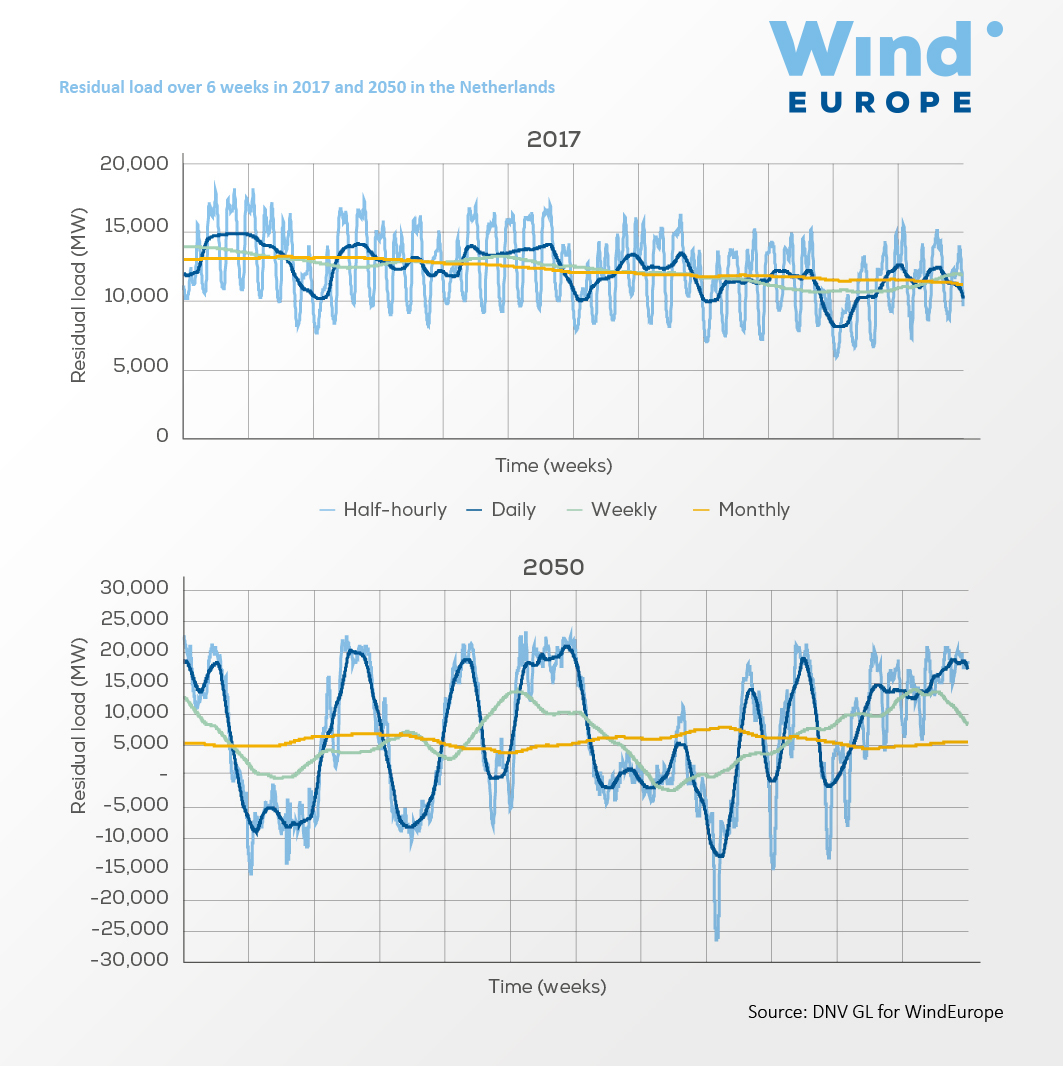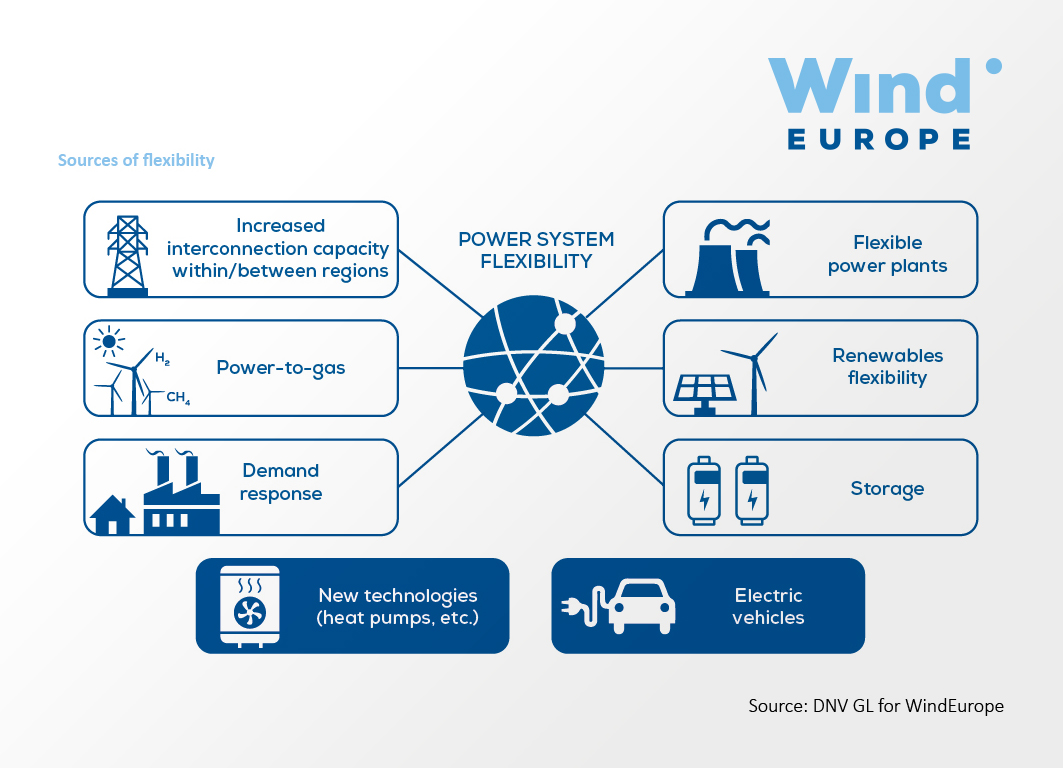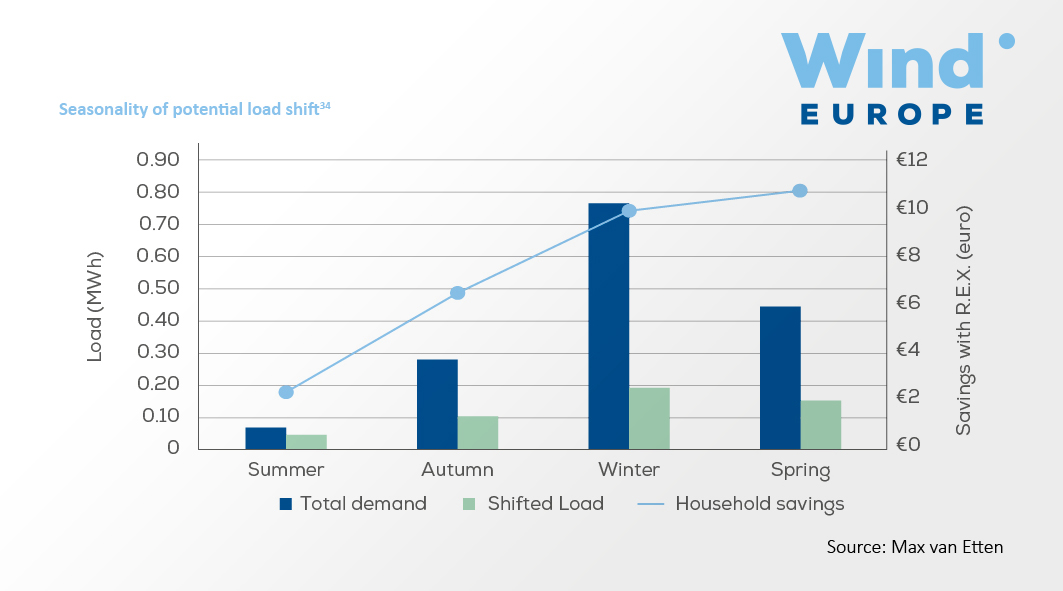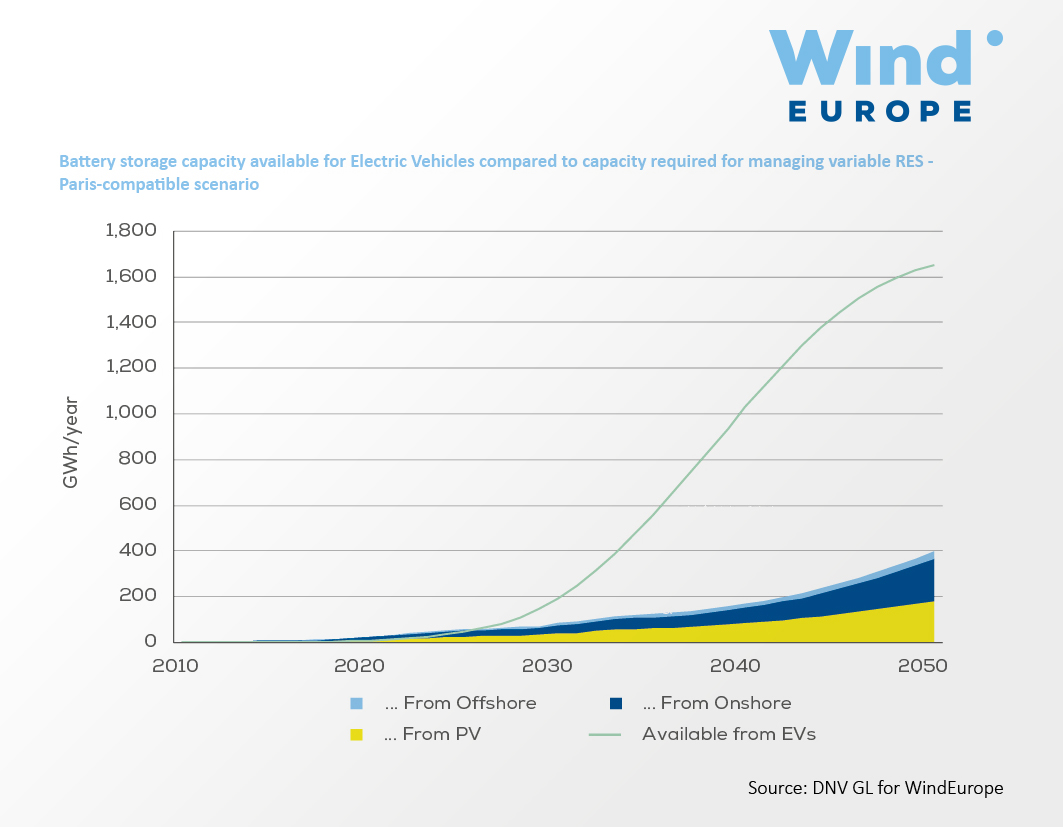Published on 25 September 2018
Overview
Considering Europe's remarkable potential for renewable power generation, a rapid electrification of the most carbon-intensive energy uses is the best and most efficient way to simultaneously decarbonise and grow Europe's economy.
Integrating the power sector in heating, cooling and transport is the next big transformation in Europe's economy. Coupled with advances in digitalisation, machine learning and artificial intelligence, a renewables-based energy system could become an engine of growth and technological leadership.
With this report, WindEurope puts forward two pathways for the electrification of Europe's energy system, capitalising on the societal benefits of electrification.
Findings
Europe's energy future is electric. Europe's electricity share in energy use could reach 62% in 2050 with ambitious Paris-compatible policies. This would reduce Europe's energy-related emissions by 90% by 2050.
An ambitious electrification is affordable. Energy expenditure in a Paris-compatible scenario would be 2.7% of Europe's annual GDP to 2050 only 0.5 percentage points than with perfect implementation of current policies.
Industry could reach 86% of electrification by 2050 under Paris-compatible policies. This would reduce 88% of its energy-related emissions by 2050.
Commercial buildings would reach 78% of electrification by 2050 under Paris-compatible policies. Households would be 59%. This would reduce energy-related emissions by 70%.
Sales of passenger vehicles with internal combustion engines will peak in 2025 under current policies. Electric cars should account for 95% of new sales by 2035 on all scenarios of decarbonisation.
Hydrogen demand for transport and heating could be up 4.8% of energy demand in 2050.
Wind energy could install more than 20 GW/year from 2030 to 2050. At this rate, wind would generate 36% of Europe's power by 2050




